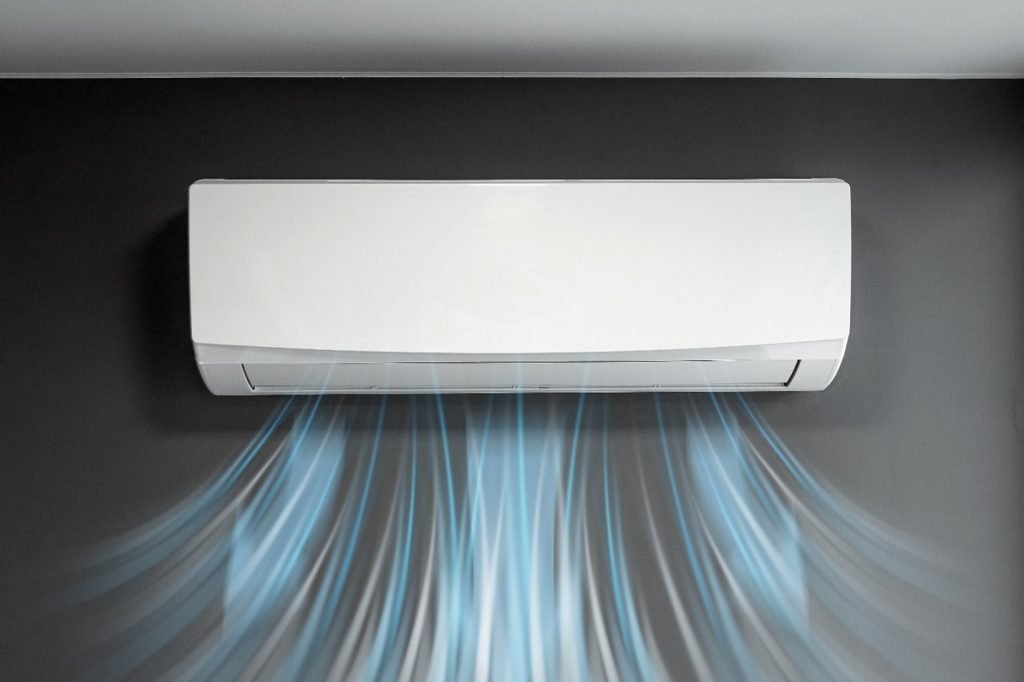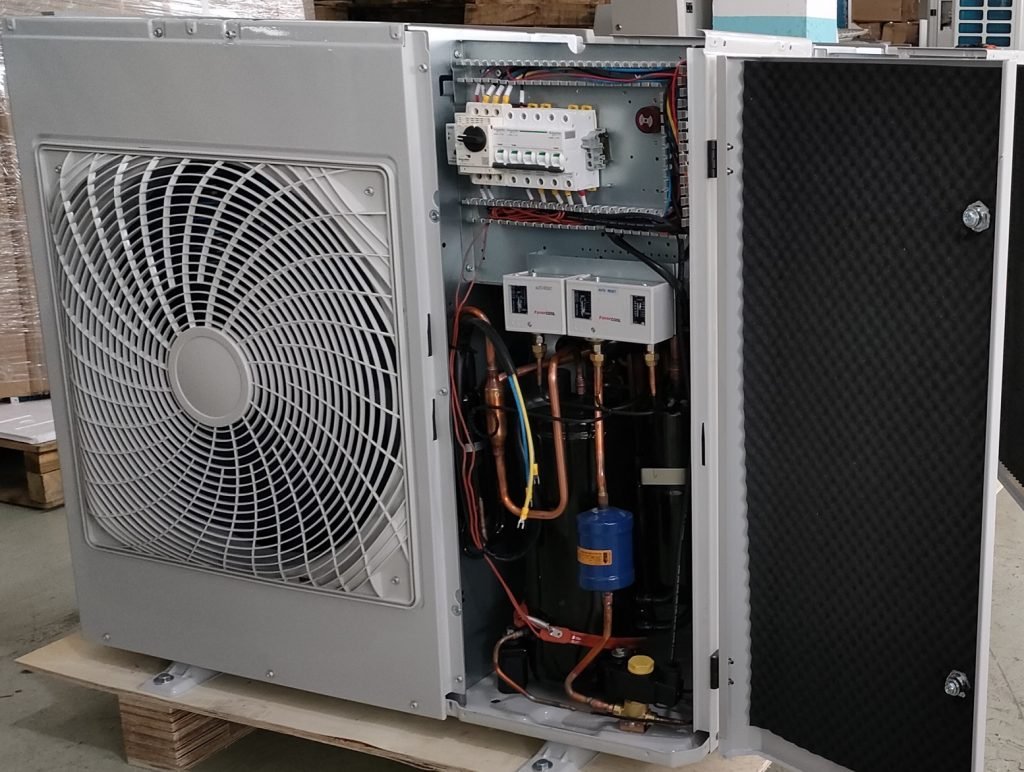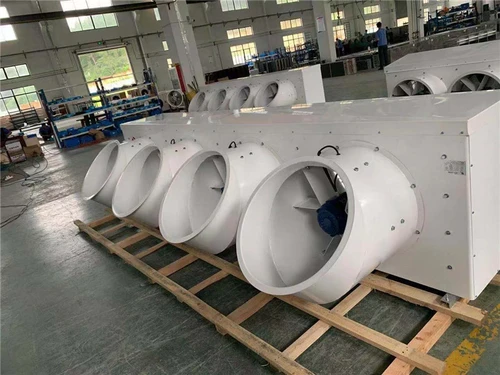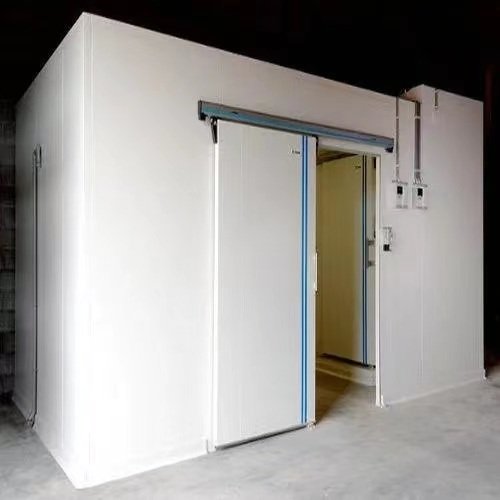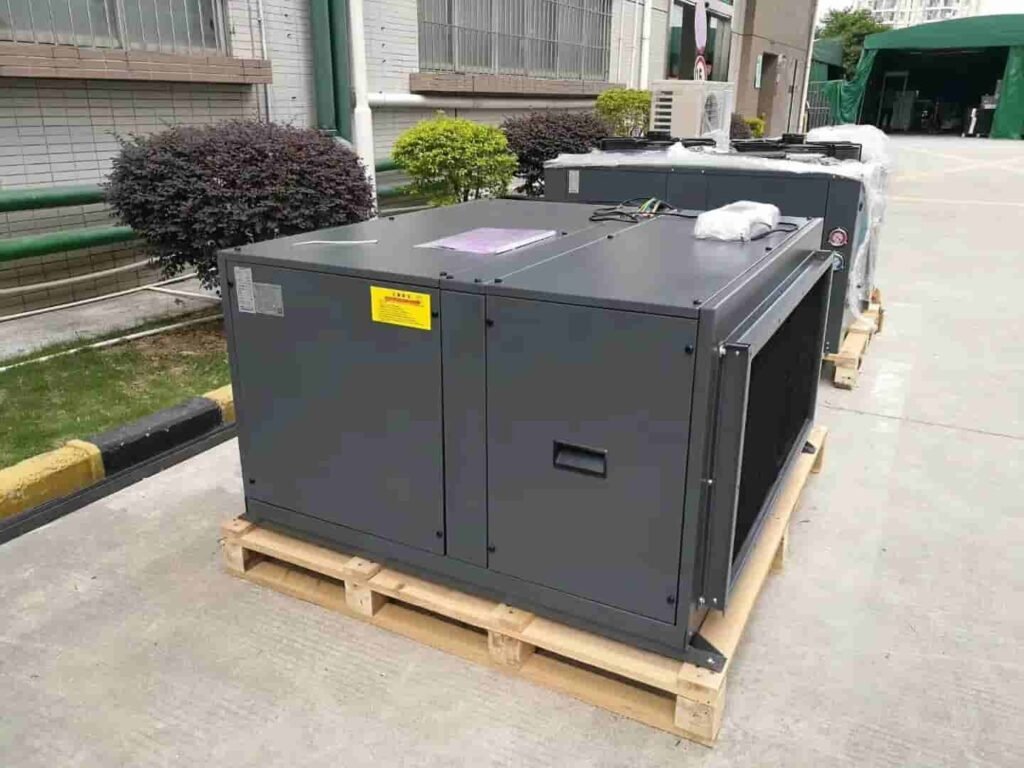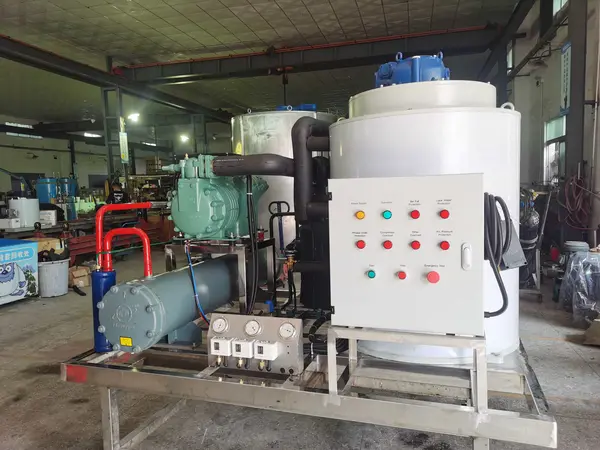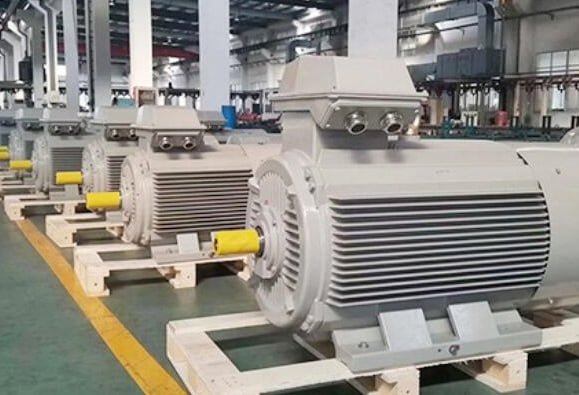Cold room is a vital device to ensure the long-term preservation of goods, and managing its internal environment is critical.
However, the issue of goods becoming moldy in cold room often troubles operators, damaging product quality and causing economic losses. To address this challenge, it’s essential to thoroughly understand the causes of mold growth and implement targeted preventive measures to ensure safe and efficient storage from the source.
Causes of Mold Growth
High Humidity
Humidity is one of the key factors influencing mold growth in cold room. When humidity exceeds 75%, water vapor or condensation tends to form on the goods’ surface, creating an ideal environment for mold. The specific causes of high humidity include:
1. Poor Sealing of Cold Room
Leaks in doors, walls, or other connections allow humid air from outside of cold room to enter, raising the internal humidity.
2. Dehumidifier Malfunction
Some cold room has dehumidifiers, but if these devices are poorly maintained or inefficient, humidity can’t be controlled effectively.
3. Direct Entry of High-Humidity Goods
Goods with high moisture content, when not pre-cooled, release water vapor inside the cold room, raising the humidity level.
Improper Temperature Control
Mold grows rapidly in 5°C~30°C. Improper temperature control in cold room creates ideal conditions for mold proliferation.
1. Excessive Temperature
Failure to maintain low temperatures, especially within the optimal range for mold growth, will accelerate mold proliferation.
2. Temperature Fluctuation
Frequent changes in temperature cause alternating hot and cold conditions on goods’ surface, leading to condensation that fosters mold growth.
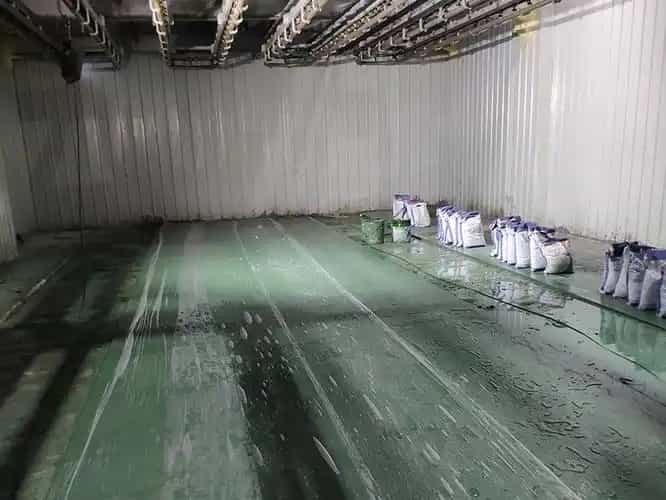
3. Unstable Cooling System
Aging or poorly maintained cooling equipment can result in uneven temperature distribution, causing localized high temperatures.
Inadequate Ventilation
Proper ventilation is essential to maintain uniform environmental conditions in cold room. Poor ventilation can lead to localized accumulations of humidity and temperature.
1. Overly Dense Stacking of Goods
Tightly packed goods prevent air circulation, creating areas where heat and moisture accumulate.
2. Insufficient Fan Configuration
An inadequate number of fans or improper placement leads to uneven airflow and “dead zones” where mold is more likely to thrive.
3. Faulty Ventilation
Broken ventilation systems hinder air circulation, which will cause increased humidity and temperature.
Poor Hygiene
The hygiene of goods directly affects the likelihood of mold growth.
1. Mold on Goods’ Surfaces
Some perishable goods may already carry mold spores on their surfaces when entering cold room. Without proper cleaning, these spores will proliferate.
2. Contaminated Packaging Materials
Materials such as wooden pallets and cardboard boxes easily absorb moisture, becoming breeding grounds for mold. If not treated, mold can spread from the packaging to the goods.
Insufficient Cleaning and Disinfection
If cold rooms are not cleaned and disinfected regularly, mold spores can accumulate on walls, ceilings, and floors.
1. Neglected Corners and Cracks
Mold often grows in hard-to-clean corners or cracks, which are frequently overlooked.
2. Use of Ineffective Disinfectants
Low-quality disinfectants may fail to eliminate mold spores, allowing resistant mold colonies to develop.
Improper Door Operation
Frequent or prolonged opening of cold room doors allows humid and warm air to flood inside.
1. Frequent Door Use
High frequency of entry and exit disrupts the stability of the internal environment, causing sudden increases in temperature and humidity.
2. Aging Door Seals
Worn or damaged seals allow external air to seep in continuously, increasing fluctuations in humidity and temperature.
Incorrect Structural Design of Cold Room
The design of cold room significantly impacts its operational effectiveness and resistance to mold.
1. Moisture-Absorbing Insulation
Low-quality insulation materials easily absorb water, creating a damp environment conducive to mold growth.
2. Drainage Issues
If condensation can’t be promptly drained, the floor may remain wet for long periods, fostering mold growth.
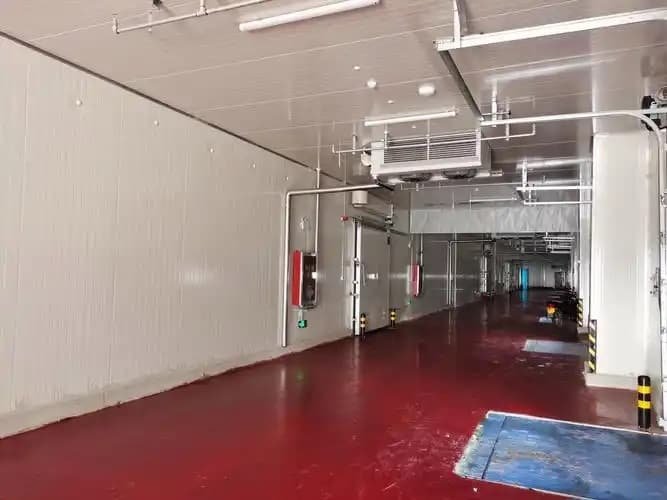
3. Poor Mold-Resistant Wall Materials
Using standard building materials instead of mold-resistant ones can lead to moldy walls, further affect stored goods.
Mold Prevention in Cold Room
Control Humidity
Maintain humidity within an appropriate range (60%~75%) is a crucial measure to prevent mold growth in cold room. Specific practices include:
1. Regularly Inspect Seals
Ensure doors, walls, and floors of the cold room are properly sealed to prevent humid air from entering. Repair or replace sealing materials promptly if any leaks.
2. Install Efficient Dehumidification Equipment
Use professional dehumidifiers or air drying systems for cold room, and regularly check their operational status to ensure effective dehumidification.
3. Pre-Cool Goods Before Storage
Pre-cool high-humidity goods to condense or evaporate surface and internal moisture before placing them in cold room to reduce the moisture source.
4. Monitor Humidity Levels
Install humidity sensors to monitor internal humidity in real time and adjust the dehumidification equipment accordingly.
Stabilise Temperature
Maintain a stable temperature in cold room is critical for suppressing mold growth. Effective measures include:
1.Regular Maintenance of Refrigeration Equipment
Inspect refrigeration units, condensers, and evaporators, and clean condenser fins regularly to ensure efficient operation.
2. Set an Appropriate Temperature Range
Adjust the temperature according to the characteristics of stored goods, normally keep it below -18°C to inhibit mold growth.
3. Prevent Temperature Fluctuations
Minimize the frequency of door openings and use air curtains or rapid roll-up doors during loading and unloading to reduce the impact of temperature differences between inside and outside.
4. Zone Management
Separate goods with different temperature requirements to avoid overall temperature imbalances caused by conflicting needs.
Enhance Ventilation
Proper ventilation prevents localized accumulation of humidity and temperature. Best practices include:
1. Arrange Goods Strategically
Leave space between goods and the walls or floors to allow free airflow. Stack items in a crisscross or staggered pattern to facilitate air circulation.
2. Increase Fan Capacity
Adjust the number and power of fans based on the size of the cold room to ensure airflow covers the entire space and eliminates “dead zones.”
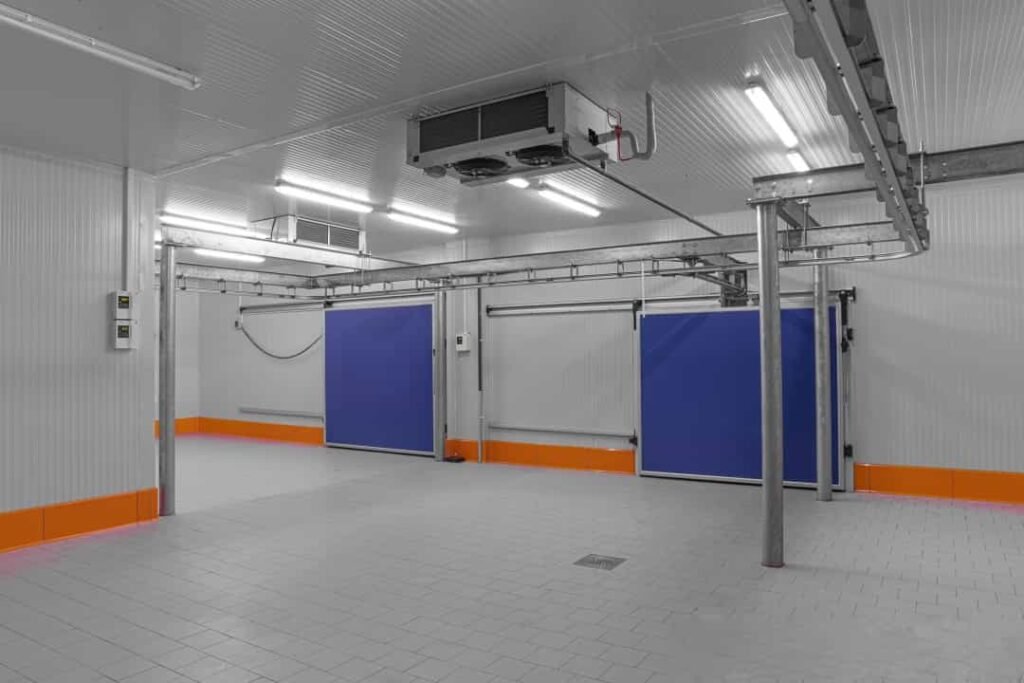
3. Clean Ventilation Equipment Regularly
Remove dust and debris from fans and ventilation ducts periodically to maintain equipment efficiency.
Pre-Treat Goods Before Storage
Reducing mold spores brought into the cold room is key:
1. Clean Goods Surface
Remove mold spores and dirt from the surface of incoming goods, particularly perishable items like fruits and vegetables.
2. Inspect Packaging Materials
Avoid using moisture-absorbent materials like wooden pallets and cardboard boxes. Opt for moisture-proof and mold-resistant plastic pallets or composite material packaging.
3. Prevent Cross-Contamination
Isolate or separately handle goods already affected by mold to prevent contamination of other items.
Regular Cleaning and Disinfection
Maintain a clean and disinfected environment in cold room is essential for mold prevention:
1. Establish a Cleaning Routine
Implement a regular cleaning schedule, conduct comprehensive cleaning monthly or quarterly, and focus on neglected areas like corners, cracks, and door frames.
2. Use High-Quality Disinfectants
Apply special antifungal disinfectants for food cold room to clean floors, walls, and shelves, ensure thorough sterilization.
3. Dry Treated Areas Thoroughly
After disinfection, ensure cleaned areas are completely dry to prevent mold regrowth from residual moisture.
Optimize Operational Procedures
Following proper operational practices reduces fluctuations in humidity and temperature:
1. Minimize Door Usage
Complete loading and unloading activities in one session to avoid frequent door openings.
2. Shorten Door-Open Time
Use automated equipment such as rapid roll-up doors or air curtains to minimize the exchange of cold and humid air.
3.Train Personnel
Train staff to operate efficiently during loading and unloading to minimize unnecessary door-opening times.
Improve Cold Room Design
Design cold room with mold prevention in mind minimizes risks:
1. Use Moisture-Resistant Insulation
Opt for low-moisture absorption materials like polyurethane panels (PU panel) to prevent insulation layers from becoming damp and moldy.
2. Enhance Drainage Systems
Design floor slopes and drainage channels to quickly remove condensation and cleaning water.
3. Apply Mold-Resistant Wall Treatments
Use mold-resistant coatings or moisture-proof films on internal walls to improve their resistance to mold.
4. Design Effective Air Circulation
Simulate airflow distribution during the design phase to ensure no areas of persistent heat and moisture accumulation exist.
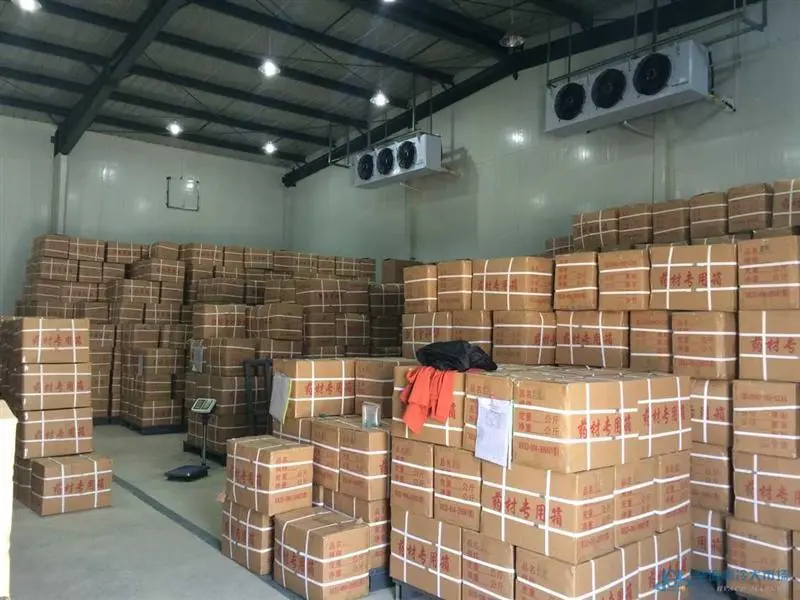
Conclusion
The primary causes of mold growth in cold room include high humidity, improper temperature control, inadequate ventilation, poor hygiene of goods, insufficient cleaning and disinfection, improper door operation, and suboptimal structural design.
By implementing effective measures for humidity management, temperature stabilization, ventilation optimization, pre-treatment of goods, regular cleaning and disinfection, operational improvements, and structural enhancements, can effectively prevent mold growth.
This ensures the quality and safety of stored goods, reduces losses, and improves operational efficiency and reliability, ultimately providing greater value to the cold chain industry.
Any comments?
Welcome leave a message or repost.



